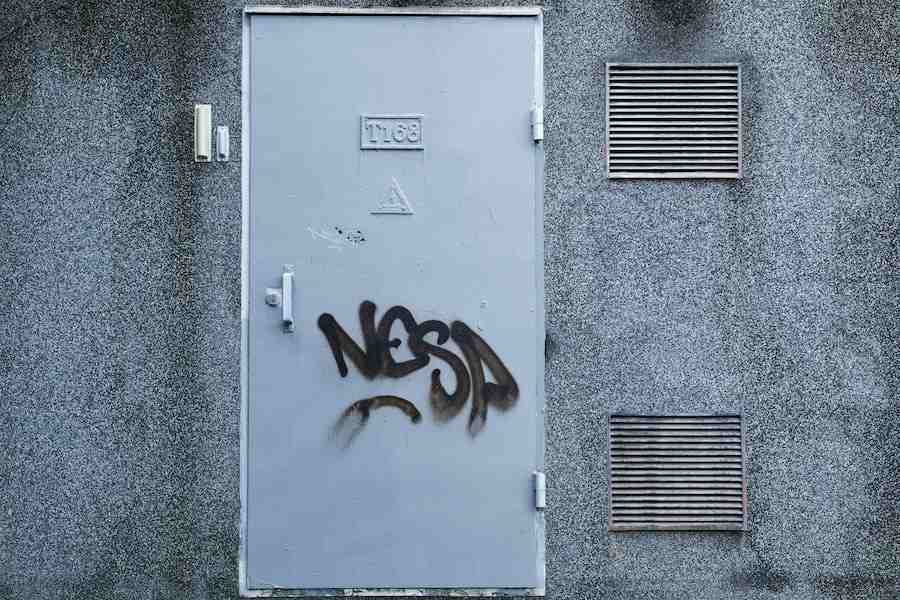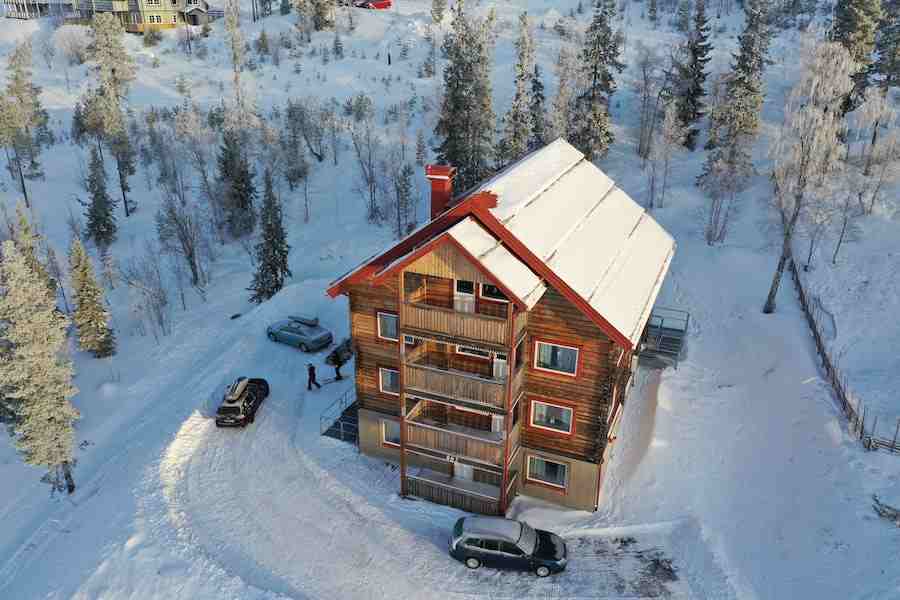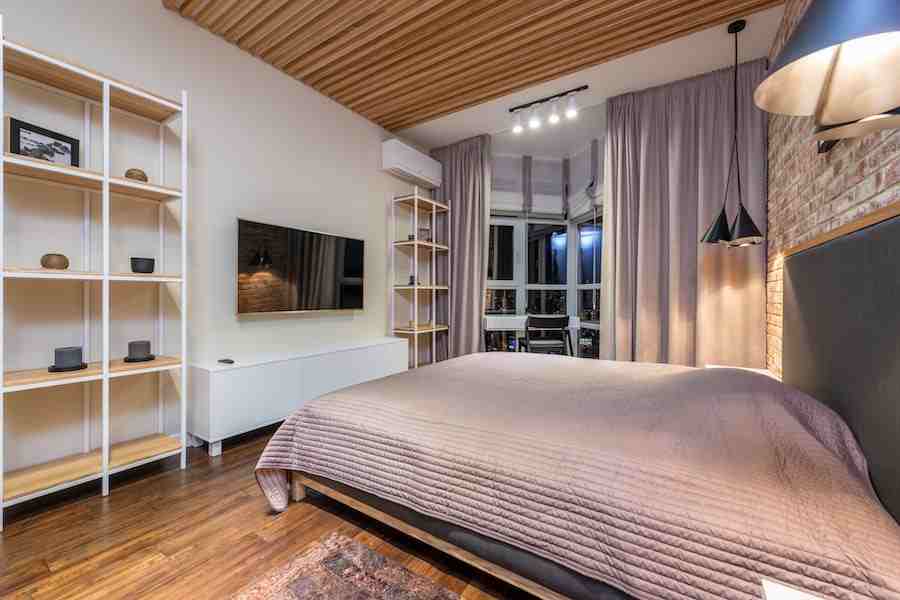Crawl spaces tend to be some of the most neglected areas of a home. They are dark, dank, and filled with spiders — hardly the most inviting place in your house. But crawl spaces play an important function in your home, helping to keep your home cooler in the summer and warmer in the winter. There are many potential problems with a crawl space that can make it unsafe for you or any potential buyers. These include moisture and pests such as rodents, snakes, and spiders. All of these issues can lead to structural damage over time if left untreated. Luckily there are simple things you can do to keep your crawl space safe and secure. This post will share how to cover your crawl space vents as well as other tips for keeping your crawl space safe and secure.
How To Cover Crawl Space Vents?
Install a Screen
One of the simplest ways to cover crawl space vents is with the screen. If your vents are large enough, you can easily install a screen over them to prevent pests and other unwanted guests from entering. Note, however, that you may have to replace the screen annually in areas with high humidity. If you have smaller vents, you can still use a screen but you’ll need to secure it to prevent it from falling inside the crawl space. You can do so with a staple gun or other stapling device, and with small nails or screws for larger screens. If your vents are very small and you don’t have much space to work with, you can use a fine mesh screen to cover the vents. This should be enough to keep pests out, but you may need to check it occasionally to make sure no animals are trapped inside. You can also get a fine mesh screen that’s specifically designed for crawl space vents. This type of screen is easy to install and will help keep pests out.
Install a Vent Cover
Another way to cover vents is with a vent cover. These can be made of many different materials, including wood, plastic, metal, and more. You can typically find vent covers at a home improvement store or online, and they’re usually pretty affordable. Before purchasing a vent cover, make sure it’s designed to fit securely over your vents. You’ll also want to make sure the cover is large enough to fit over your vents and isn’t too heavy to install. If your vents are smaller, you can use a smaller vent cover made just for them. You can also find covers that are adjustable, so you can make them fit most vents.
Use Solid steel plate to cover vents
If you’re looking for a more permanent solution to covering your vents, installing a solid steel plate over them is a great option. You can get these in almost any size, which makes them very versatile. Make sure to measure your vents before ordering a steel plate to ensure it’s the right size. Steel plates are typically more expensive than other options, but they’re also far more durable and long-lasting. And in addition to protecting your home from pests and protecting against moisture, they also add an aesthetic touch. When installing a solid steel plate over your vents, make sure to use sealing caulk to prevent air and water leaks. You can also use a steel plate designed to seal vents, which may be slightly less expensive than solid steel plates.
Use a Mesh steel plate to cover the vent
If you’re looking for something less expensive than a solid steel plate, you can also use a mesh steel plate to cover your vents. This type of plate is designed to be lightweight and easy to install, which makes it perfect for covering smaller vents. It’s also easy to cut to size with a knife, so you can make it fit almost any size vent. Like a solid steel plate, a mesh steel plate can help protect your home from pests, protect against moisture and structural issues, and add an aesthetic touch. It may not last as long as a solid steel plate, but it’s much more affordable. Just like a solid steel plate, make sure to use sealing caulk to prevent air and water leaks when installing a mesh steel plate.
Install an Equipment Hatch
Another way to cover crawlspace vents is with an equipment hatch. These come in many styles and sizes, so you can select one that best fits your vents. Just like with a solid steel plate, make sure to measure your vents before purchasing an equipment hatch. Unlike other coverings, an equipment hatch is designed to stay in place and not be removed. You can also get an equipment hatch with a locking mechanism that keeps pests out but allows you to open the hatch when you need to access the crawl space. Equipment hatches can be more expensive than other options, but they’re also more durable and weather-resistant and are designed to last for many years.
How To Secure Your Crawl Space Vents?
First and foremost, you’ll want to make sure that your crawl space vents are completely covered. Easier said than done, right? Thankfully there are a variety of different ways you can do this.
- Crawl Space Vents – The first option you have is to cover your vents with a fabric cover. While this may not be a great option if you have pets or young kids in your home, this is a great choice if you have critters such as snakes or rodents in your area.
- Crawl Space Doors – Another option you have is to install a crawl space door. This is a great option for people who want to keep the temperature in their crawl space consistent as well as keep unwelcome critters out.
- Crawl Space Doors – Crawl space doors can be installed on top of your vents or anywhere else there is open space. Crawl space doors are available in both metal and plastic.
- Crawl Space Vents – You can also purchase metal or metal mesh covers for your vents. These are easy to install and are reusable.
- Crawl Space Tiles – You can also use tiles to cover the vents.
Why It’s Important To Cover Your Vents?
- As we’ve already discussed, one of the main problems with having vents in your crawl space is that they open doors for pests and critters to get inside your home. If you’re lucky enough to live far away from any pests, this may not be a huge problem for you. But if you have any pests in your area, then you likely have them in your crawl space.
- Covering up your vents will keep any pests out of your crawl space while still allowing the space to function correctly in your home. Because crawling pests such as rodents and snakes can get into your home through these vents, there’s a very real possibility of them getting into your living space.
- Rodents and snakes can not only be dangerous to your family, but they can also cause a lot of structural damage to your home. Crawling pests can also smell bad, which is another reason to seal up your vents.
Tips To Keep Your Crawl Space Secure
The last few tips on how to keep your crawl space safe and secure will help you take your crawl space to the next level. These tips will help you maintain your health and safety, as well as keep your home in tip-top shape.
- Crawl space monitoring systems – One of the best ways to monitor your crawl space is to install a crawl space monitoring system. Crawl space monitoring systems help you to monitor the humidity, temperature, and carbon-dioxide levels in your crawl space as well as detect when someone has entered your crawl space.
- Crawl space dehumidifiers – If you live in a humid area, you’ll want to install a crawl space dehumidifier. Crawl space dehumidifiers are designed to help you combat high humidity levels in your crawl space.
- Crawl Space Humidifiers – You can also install a crawl space humidifier. Humidifiers are great for increasing the humidity in your crawl space. Crawl Space Dehumidifiers – Dehumidifiers are different from humidifiers because they are designed to lower the humidity in your crawl space.
- Crawl Space Humidifiers – Humidifiers are designed to increase the humidity in your crawl space. Crawl Space Fans – You can also install a crawl space fan to help circulate air in your crawl space.
Conclusion
There are a few things that you can do to keep your crawl space clean, tidy, and safe. Crawl spaces tend to be some of the most neglected areas of a home. But crawl spaces play an important function in your home, helping to keep your home cooler in the summer and warmer in the winter. There are many potential problems with a crawl space that can make it unsafe for you or any potential buyers. These include moisture and pests such as rodents, snakes, and spiders. All of these issues can lead to structural damage over time if left untreated. Luckily there are simple things you can do to keep your crawl space safe and secure.








